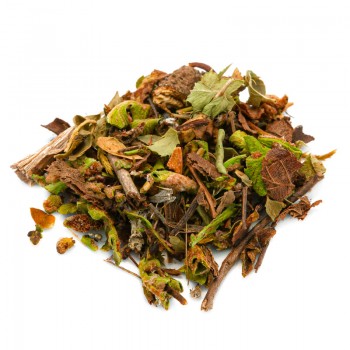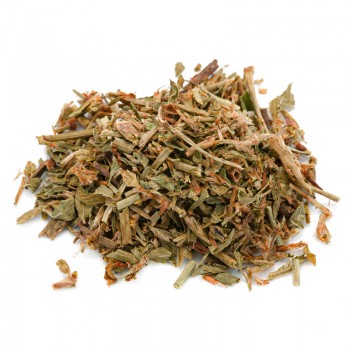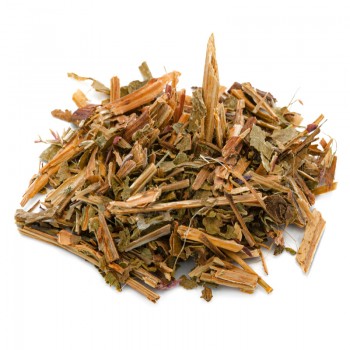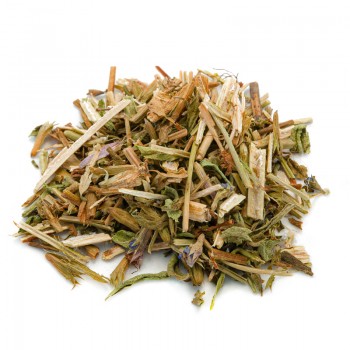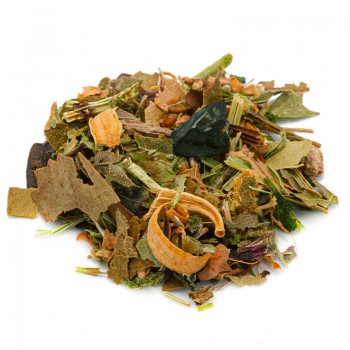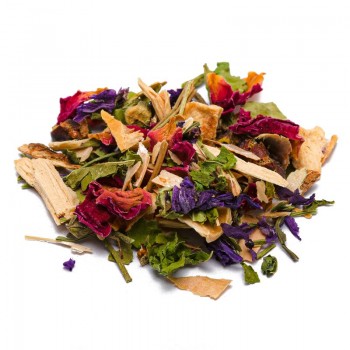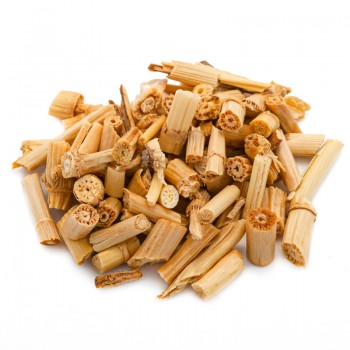The use of this plant as a remedy for the urinary tract has been known for centuries, considered in the past as a natural antiseptic for the urogenital tract. Even today, phytotherapy considers bearberry leaves useful for their ability to prevent irritation of the urinary tract and detoxify the bladder. Helps to reduce inflammation of the intestine and, consequently, of the urinary tract.
Bearberry leaves: properties and benefits
As mentioned, the most common use of these leaves historically has been to treat urinary tract infections and bladder-related irritating conditions.
The virtues of bearberry promote the well-being of the urinary tract, especially in conditions such as cystitis and urethritis. Modern research, scientists have shed light on the components that make these leaves effective for these types of treatments.
Bearberry contains the compound arbutin, which possesses the ability to drain water into excess from the cells, promoting a purifying effect on the kidneys (in fact the plant was used in ancient times even in case of nephritis). Arbutin produces a purifying effect on the urinary mucosa, a glucoside useful in the treatment of urinary tract disorders. Arbutin is partly absorbed, partly undergoes excretion by the kidneys, with a natural antiseptic effect on the urinary mucosa. Calms the irritation of the bladder walls, while strengthening the lining of the urinary tract.
It favors the pH balance of the urine, which does not become too acidic, and helps in maintaining the well-being of the genitourinary tract. Bearberry tea has also been considered favorable for the well-being of the kidneys and liver. It has anti-lytic properties that facilitate the dissolution of the crystals that can produce kidney stones. Useful as a detoxifier for cleaning the liver, it also acts on the gastrointestinal tract in a beneficial way, counteracting harmful bacteria for the intestine. An action that will also be beneficial for the bladder.
Among the properties of bearberry there are the substances that help against water retention , natural diuretic elements such as ursolic acid , and powerful astringents. It promotes increased urine flow, and because of this it also facilitates the reduction of swelling and water retention to promote weight loss. The diuretic and detoxifying action helps eliminate excess salts and toxins, with an optimal cleansing action for the kidneys and bladder. The tannins contained in bearberry, moreover, are excellent for the well-being of the uterus, since their purifying action facilitates against urinary infections and the proliferation of bacteria in the urine. The allantoin contained in bearberry leaves is also an excellent antioxidant for the protection of healthy cells. It has also been used in the past to soothe the symptoms of arthritis and other joint problems, as a natural anti-inflammatory.
Origins and History of cultivation
Bearberry has an ancient history as a tree known to humans, a low-growing shrub native to the northern regions of the planet. Today it is widespread in Asia, Europe and north-central America. It is known as ursina coma because from human observation, bears have always shown themselves to be greedy for this fruit. Depending on the cultures it was renamed with different names, and the plant was used for medicinal uses. The uses of bearberry leaves date back many centuries, and for nearly 2,000 years it has been a natural remedy especially for bladder and urinary tract infections. Herbs played an important role as remedies before modern medicine, and in herbal medicine bearberry was considered a common treatment for bladder and related infections. Present in almost all pharmacopoeias, its medicinal use is traced back to the 2nd century AD. The astringent power of the leaves, useful for treating urinary tract problems, made the grape usina much used even later.
There are testimonies of the thirteenth century, and up to the modern age - in 1601 it was described by the doctor and botanist Carolus Clusius in 1601. Uva ursina was still recommended for medicinal use in the eighteenth century and to this day, sometimes with the name of Arbutus. In addition to the organic compounds that provide health benefits, there are also slightly narcotic elements, similar to cannabis, in the plant. The leaves were smoked to calm headaches, which is why the reputation of bearberry has also been negative in some cases.
The most widespread administration is in the form of an infusion, with a soothing and astringent effect. , in addition to the considerable actium
Plant and flowers
Bearberry is a fruit belonging to the genus Arctostaphylos uva-ursi, of the Ericaceae family. It is a small shrub with very branched and irregular stems, distributed in most of the northern hemisphere, in the northern latitudes and in the high mountains of Europe, Asia and America. Shows evergreen leaves, a smooth berry with five pits and a single seed, Grows best in acidic, dry to medium, and well-drained soils in full sun. It tolerates little shade but resists winter climates very well. Slowly growing, it reaches about half a meter in height, but spreads with flexible branches in width. The leaves are short-stemmed and leathery, rounded at the ends, dark green evergreen; shiny and lighter below. They turn bronze in winter before turning green again in spring. The small hanging flowers show a white-pink color and bloom in April and May. The round berry-like fruits (drupes) ripen in August-September.
Nutritional values of bearberry leaves
These leaves contain several compounds, the main constituent of which is arbutin glucoside . Some other elements are methyl-arbutin, gallic acid, ursolic acid, ellagic and tannic acid . The tannin is present in an excellent percentage. The chemical composition also includes various flavonoids and essential oils, and allantoin.
How to use bearberry leaves in herbal tea
The infusion is obtained by inserting in a cup (250 ml), about 3-5 grams of bearberry leaves, with water at 100 ° C. Leave to infuse for 5 to 7 minutes, before drinking the draining herbal tea. Add honey or sugar if you wish.
Bearberry leaves: side effects and contraindications
The too frequent use of this herbal tea should be avoided, since for prolonged periods it could give side effects to those who are in some health conditions. Bearberry can pose risks to those suffering from liver or kidney diseases, since the hydroquinone contained can cause liver toxicity, if consumed in excess. Even for kidney disorders, some problems can be aggravated, and it is useful to consult your specialist before taking bearberry regularly. Grape-ursi could interfere with the condition of people with a thin retina.
Its diuretic action could also interact with lithium-based medicines. Possible side effects include nausea, stomach pains, green-brown urine. Bearberry infusion is not recommended for pregnant or breastfeeding women.
justify;">

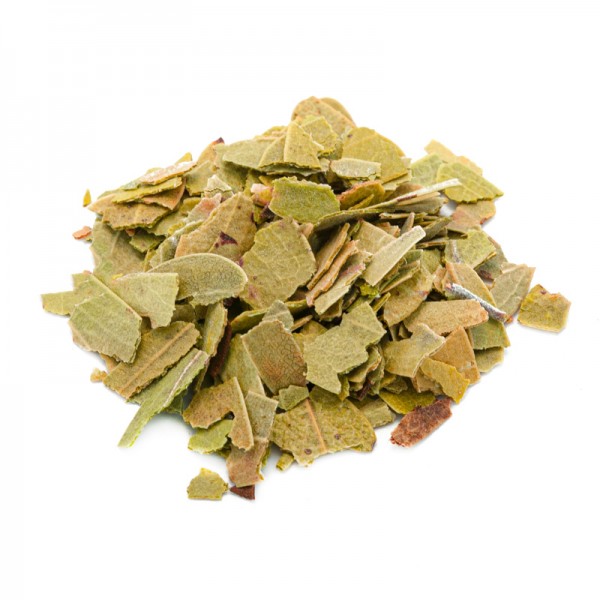









 No reward points for this product.
No reward points for this product.
